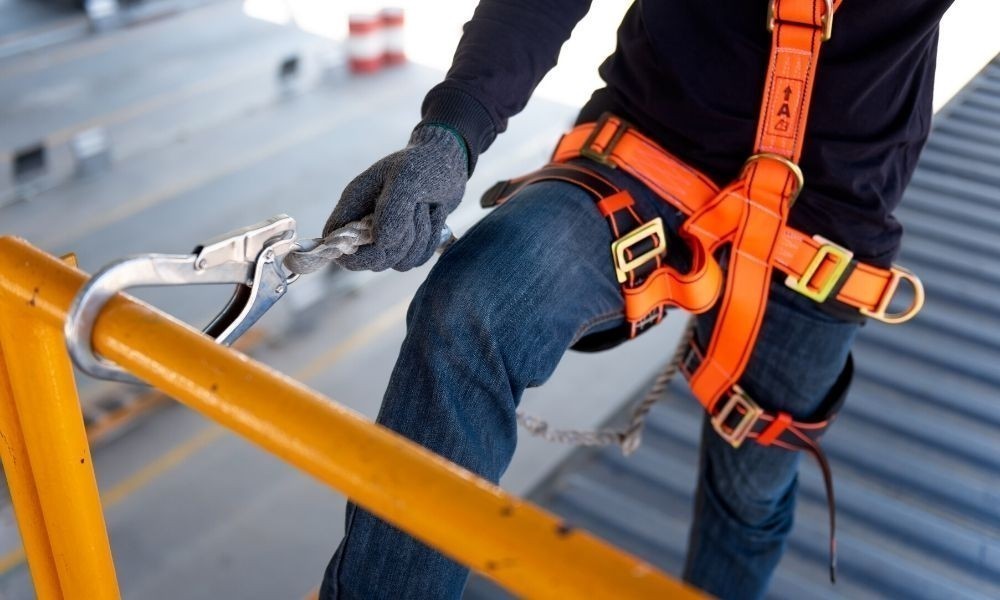Vertical vs. Horizontal Fall Protection Equipment

Workers have to contend with many types of hazards when climbing a tower, but falls are definitely among the most dangerous. Reaching well above 200 feet into the air, these structures are both risky to scale and difficult to work on. Even the smallest slip can greatly increase your chances of getting hurt—or worse. As such, it’s crucial that each tower climber is familiar with the different types of fall protection equipment and when each is best suited for a given situation. These are the differences between vertical and horizontal fall protection equipment.
Vertical Fall Protection
When in the process of scaling a tower, a worker most often will use vertical fall protection equipment. As the vertical lifeline expands up the side of the tower, the worker is held on by their fall protection harness, fall arrest lanyard, and rope grab. All these items are designed to keep the climber as secured to the lifeline as possible while they continuously ascend into position. If they slip while climbing, then they have something in place to properly catch them and minimize the shock.
Horizontal Fall Protection
The primary difference between vertical and horizontal fall protection equipment is that horizontal fall protection consists of a flexible horizontal lifeline attached to two anchor points. This line is often better suited for work positioning rather than movement around the jobsite. However, it also makes it easier for workers to walk along the specific horizontal beams they’re anchored to. The worker is attached to this line by their fall arrest lanyard and harness, and they can choose to position themselves in whatever way helps them best complete their job.
Safety should be the top priority on any cell tower site. This is why we, at Midwest Unlimited, aim to provide the best possible fall protection equipment for any type of situation. From general tower safety equipment to specialized power tools and protective gear, we’re sure you’ll be glad to have our products at your side during a climb.
